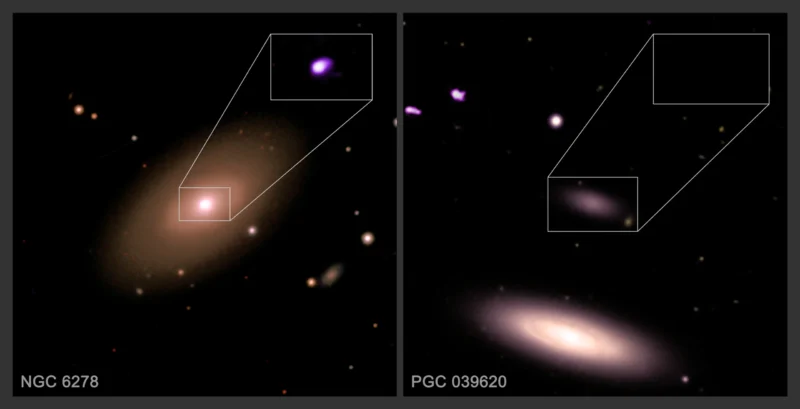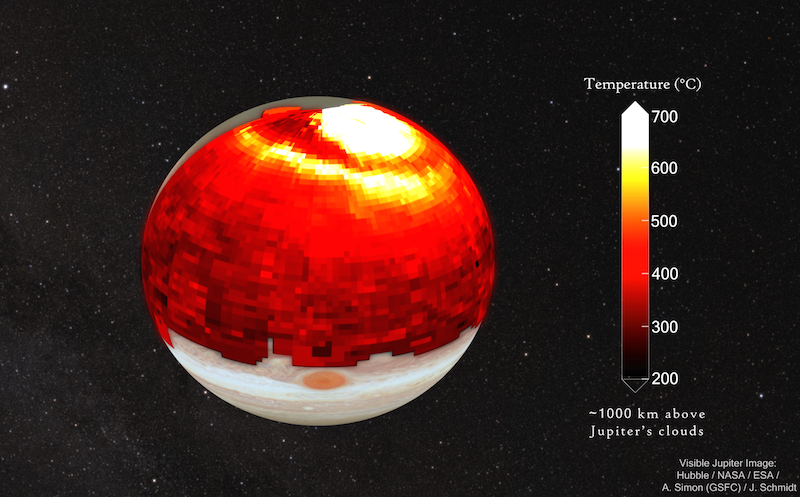Now Reading: Hubble reveals weird Uranus in new 20-year study
-
01
Hubble reveals weird Uranus in new 20-year study
Hubble reveals weird Uranus in new 20-year study
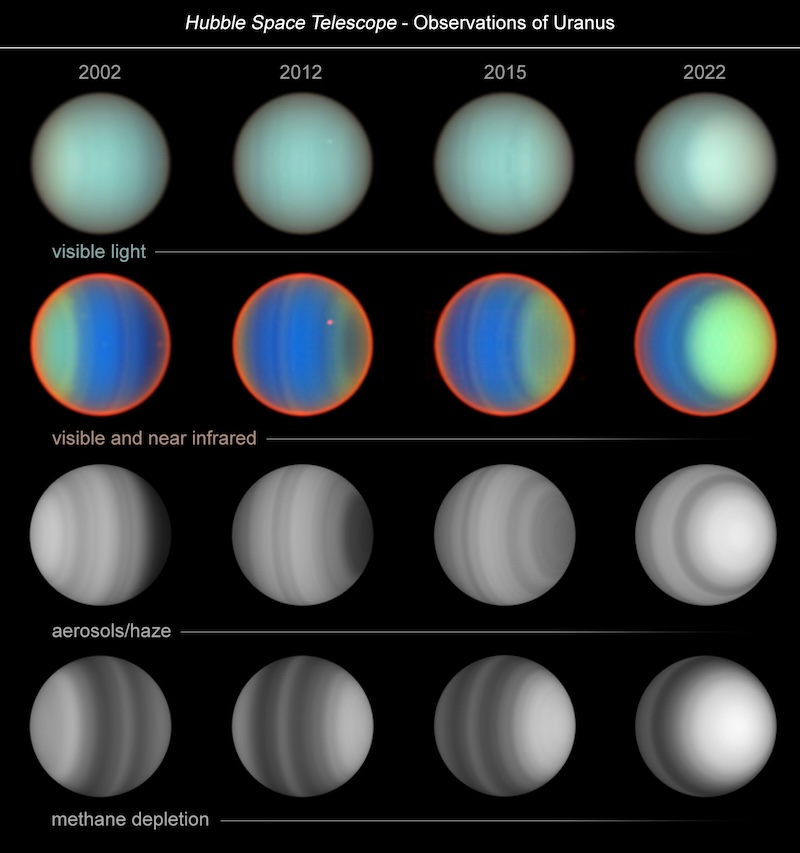

- Uranus is an ice giant planet in the outer solar system, similar to Neptune. It has a deep atmosphere of hydrogen, helium and methane.
- NASA’s Hubble Space Telescope observed Uranus over 20 years for a detailed study. The observations provided new insights into the mysterious planet’s atmosphere.
- Hubble studied the distribution of methane and aerosol clouds over time, which varied depending on the seasons and the latitudes of the methane and clouds.
Hubble reveals weird Uranus in new 20-year study
NASA’s Hubble Space Telescope observed the distant ice giant planet Uranus repeatedly over the course of 20 years. The Space Telescope Science Institute (STScI) said on March 31, 2025, that the two-decade long study has yielded new insights into the dynamics of its deep hydrogen, helium and methane atmosphere. The findings can also help astronomers better understand exoplanets that are similar in size and composition to Uranus.
20 years of Uranus observations
Hubble observed Uranus four times during the 20-year period, in 2002, 2012, 2015 and 2022. Erich Karkoschka at the University of Arizona and Larry Sromovsky and Pat Fry at the University of Wisconsin led the research team. They used the Space Telescope Imaging Spectrograph (STIS) instrument on Hubble to chronicle seasonal changes in Uranus’ bluish-green atmosphere.
Why did it take so long? Uranus has the most extreme seasons of any planet in the solar system. This is due to its axial tilt of a whopping 98 degrees. Each of its four seasons lasts 21 years, and a year on Uranus is just over 84 Earth years!
Uranus’ atmosphere is much deeper than Earth’s and consists mostly of hydrogen and helium, plus some methane. There are also trace amounts of water and ammonia.
The 20-year study revealed that methane is not evenly distributed through Uranus’ atmosphere. This is different than what happens on the gas giant planets Jupiter and Saturn. Notably, on Uranus, the methane is strongly depleted near the planet’s poles. The depletion remained pretty much unchanged over the 20 years. Interestingly, however, aerosols and hazes did change. They brightened in the north polar region. This is happening as the planet starts to approach its northern summer solstice in 2030.
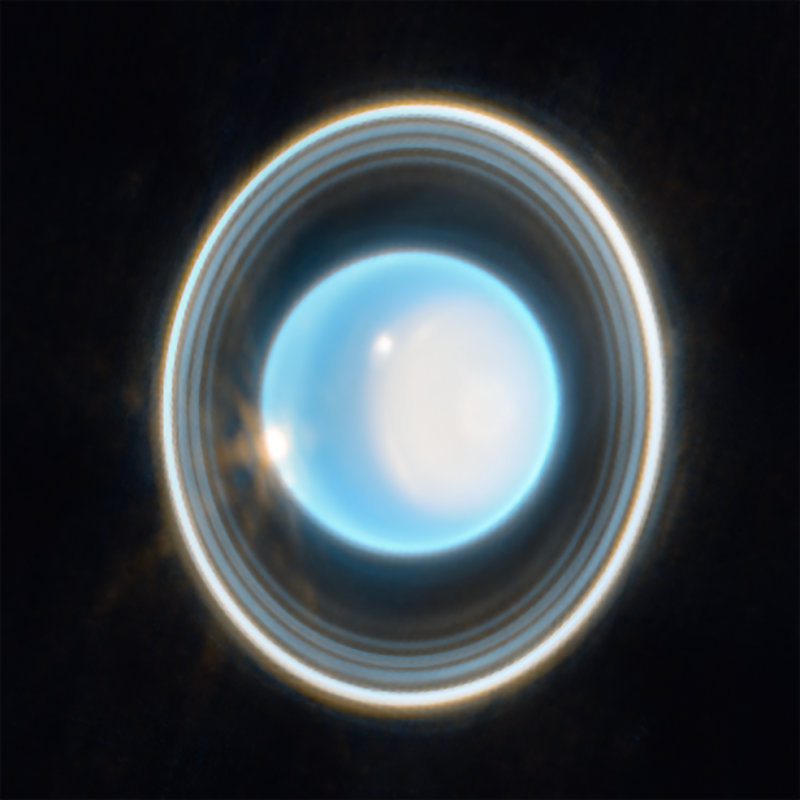
? By repeatedly training Hubble on Uranus over 20 years, astronomers have gained new understanding of the ice world’s complex atmosphere: bit.ly/4hVo8ih ? ?
— spacetelescope.bsky.social (@spacetelescope.bsky.social) 2025-03-31T17:04:54.678Z
Analyzing the images
The composite of 16 images included above shows the observations of Uranus’ atmosphere in both visible and near-infrared light. It also shows the aerosols, hazes and methane depletion in the atmosphere. Over the 20 years, the south polar region started going into the shadow of winter. Conversely, the north polar region came into sunlight as summer approached.
In the top row, we see Uranus as it looks to the human eye, in visible light. It’s bland, with only subtle variations. The second row shows Uranus in false color, from both visible light and near-infrared light observations. The colors depict varying amounts of methane and aerosols in the atmosphere. Green areas generally indicate less methane than blue areas, and red areas are where there is no methane.
The third row shows bright areas on Uranus, with more aerosol clouds and haze in the atmosphere. By contrast, the darker areas have less clouds. Finally, the fourth row focuses on methane. Bright areas have less methane and dark areas have more methane.
Both the third and fourth row images are based on 1,000 different wavelengths (colors), ranging from visible to near infrared light.
The aerosols and methane behave differently at different latitudes. Neither of them showed much change over the 20 years at middle and low latitudes. But near the north pole, the aerosols significantly increased. The methane depletion, however, remained high at both poles.
Astronomers can also now use the findings to help better understand exoplanets that are similar in size and composition to Uranus.

Uranus is weird
The first – and still only – spacecraft to visit Uranus was Voyager 2 on January 24, 1986. It saw Uranus up close for the first time ever. While Uranus’ atmosphere was a lovely bluish-green, it was also bland, not like the turbulent, striped atmospheres of Jupiter and Saturn. But one of the weirdest things about Uranus is that it rotates sideways. Its axis is extremely tipped, at about 98 degrees. By comparison, Earth’s axis only tips 23.45 degrees.
Another study in late 2024 also suggested that both Uranus and Neptune might have deep oceans of water beneath their atmospheres. This could also explain why both planets have unusually disorganized magnetic fields.
Bottom line: The Hubble Space Telescope’s 20-year study of Uranus has yielded new insights about the enigmatic ice giant’s atmosphere and how it might compare to exoplanets.
Read more: Are Uranus and Neptune hiding oceans of water?
Read more: New Uranus image from Webb shows rings, polar cap
The post Hubble reveals weird Uranus in new 20-year study first appeared on EarthSky.
Stay Informed With the Latest & Most Important News
Previous Post
Next Post
-
 01From Polymerization-Enabled Folding and Assembly to Chemical Evolution: Key Processes for Emergence of Functional Polymers in the Origin of Life
01From Polymerization-Enabled Folding and Assembly to Chemical Evolution: Key Processes for Emergence of Functional Polymers in the Origin of Life -
 02Two Black Holes Observed Circling Each Other for the First Time
02Two Black Holes Observed Circling Each Other for the First Time -
 03How New NASA, India Earth Satellite NISAR Will See Earth
03How New NASA, India Earth Satellite NISAR Will See Earth -
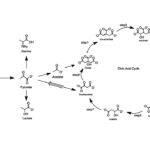 04Thermodynamic Constraints On The Citric Acid Cycle And Related Reactions In Ocean World Interiors
04Thermodynamic Constraints On The Citric Acid Cycle And Related Reactions In Ocean World Interiors -
 05Φsat-2 begins science phase for AI Earth images
05Φsat-2 begins science phase for AI Earth images -
 06Hurricane forecasters are losing 3 key satellites ahead of peak storm season − a meteorologist explains why it matters
06Hurricane forecasters are losing 3 key satellites ahead of peak storm season − a meteorologist explains why it matters -
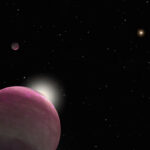 07Binary star systems are complex astronomical objects − a new AI approach could pin down their properties quickly
07Binary star systems are complex astronomical objects − a new AI approach could pin down their properties quickly













